Brownstone Boys: Top Surprisingly Big Expenses When Renovating a Historic Home
Restoring a historic home is full of surprises! Some are welcomed, like the pocket doors we discovered sealed up in the wall or the 1906 Brooklyn newspaper we found under a bathroom.

Photo by Brownstone Boys
Editor’s note: Welcome to the 78th installment of Brownstone Boys Reno, a reader renovation diary about renovating a brownstone in Bed Stuy. See the first one here. They also blog at www.thebrownstoneboys.com.
Restoring a historic home is full of surprises! Some are welcomed, like the pocket doors we discovered sealed up in the wall or the 1906 Brooklyn newspaper we found under a bathroom. Some are not welcomed, especially when they unexpectedly cost tens of thousands of dollars!
There are some costs that are big surprises for many people looking to renovate a historic home. They are common, but unlike obvious things like electrical and plumbing, they are not as conspicuous or well known. Here are our top surprisingly big expenses for Brooklyn historic home renovators.
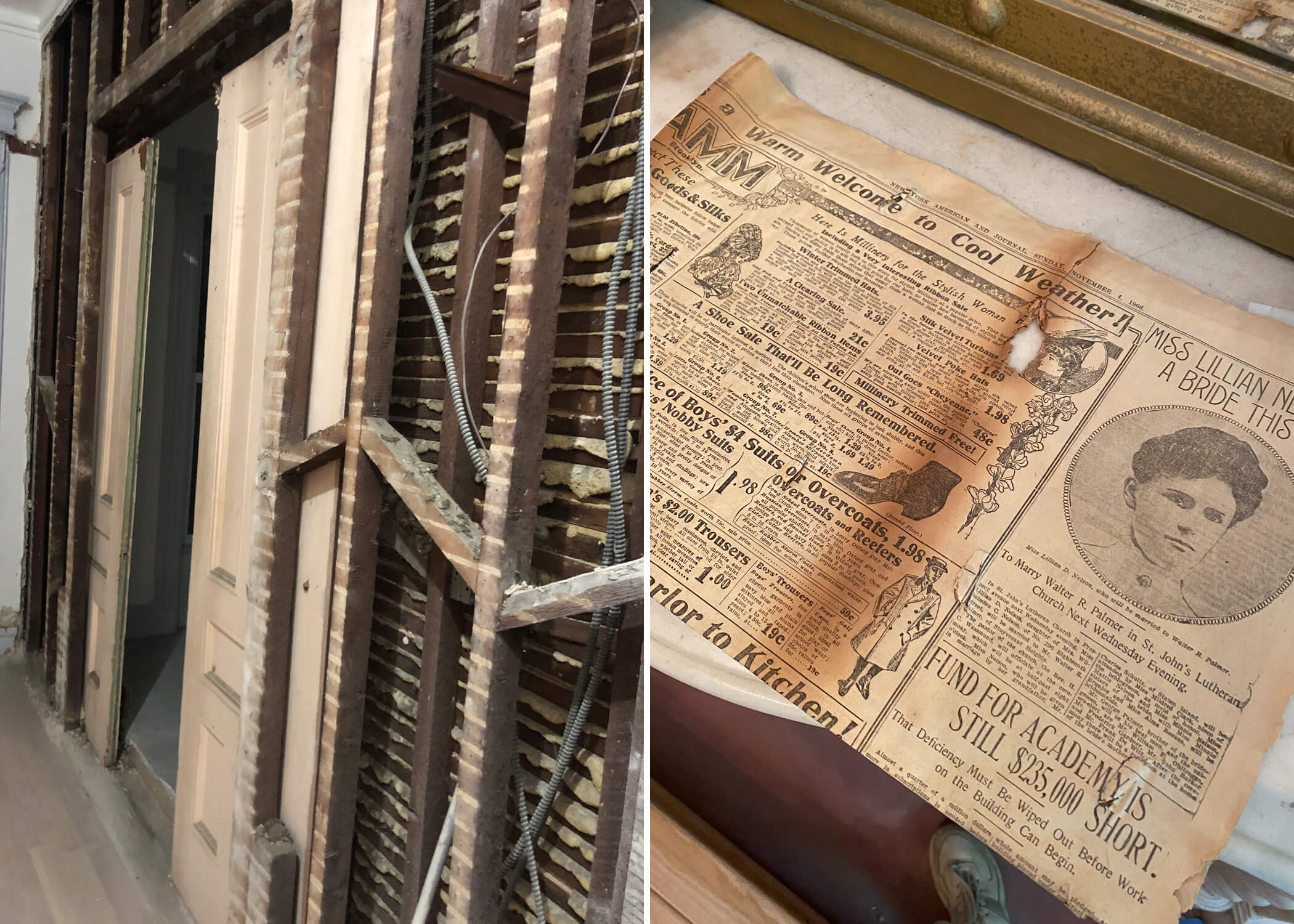
Demolition – It might surprise you to see how expensive demolition can be. It can be a lot of work. And here in New York City, debris removal and disposal is a big expense. A gut renovation can easily produce tens of thousands of dollars in demo and debris removal cost.
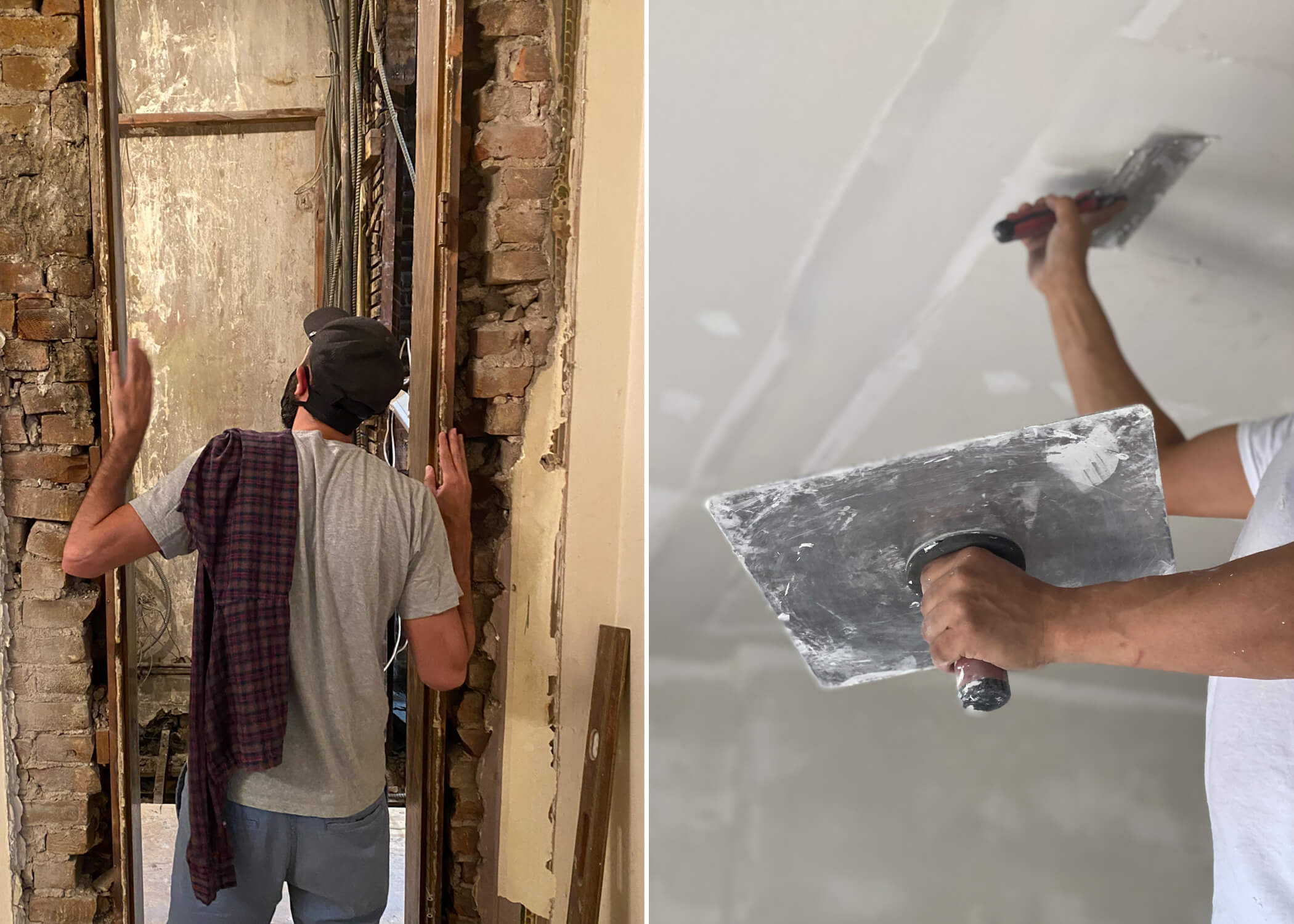
Plaster work – Original plaster moldings and walls might be one of the things that attracts someone to buy a historic home. To us they were precious. We were willing to do whatever we needed to do to save and restore them, but we weren’t prepared for the cost! Plaster work is more of an art than a skill. There aren’t that many people who do it and it’s very time consuming. If you see cracks or pieces missing you can very quickly get into the tens of thousands in repair costs. If plaster walls are decaying, they will need to be skim coated. When that is done properly, it not only refreshes the appearance of the walls, it also strengthens their integrity. To skim coat all walls in a three- or four-story brownstone or row house it might be one of the bigger ticket items in your entire renovation.
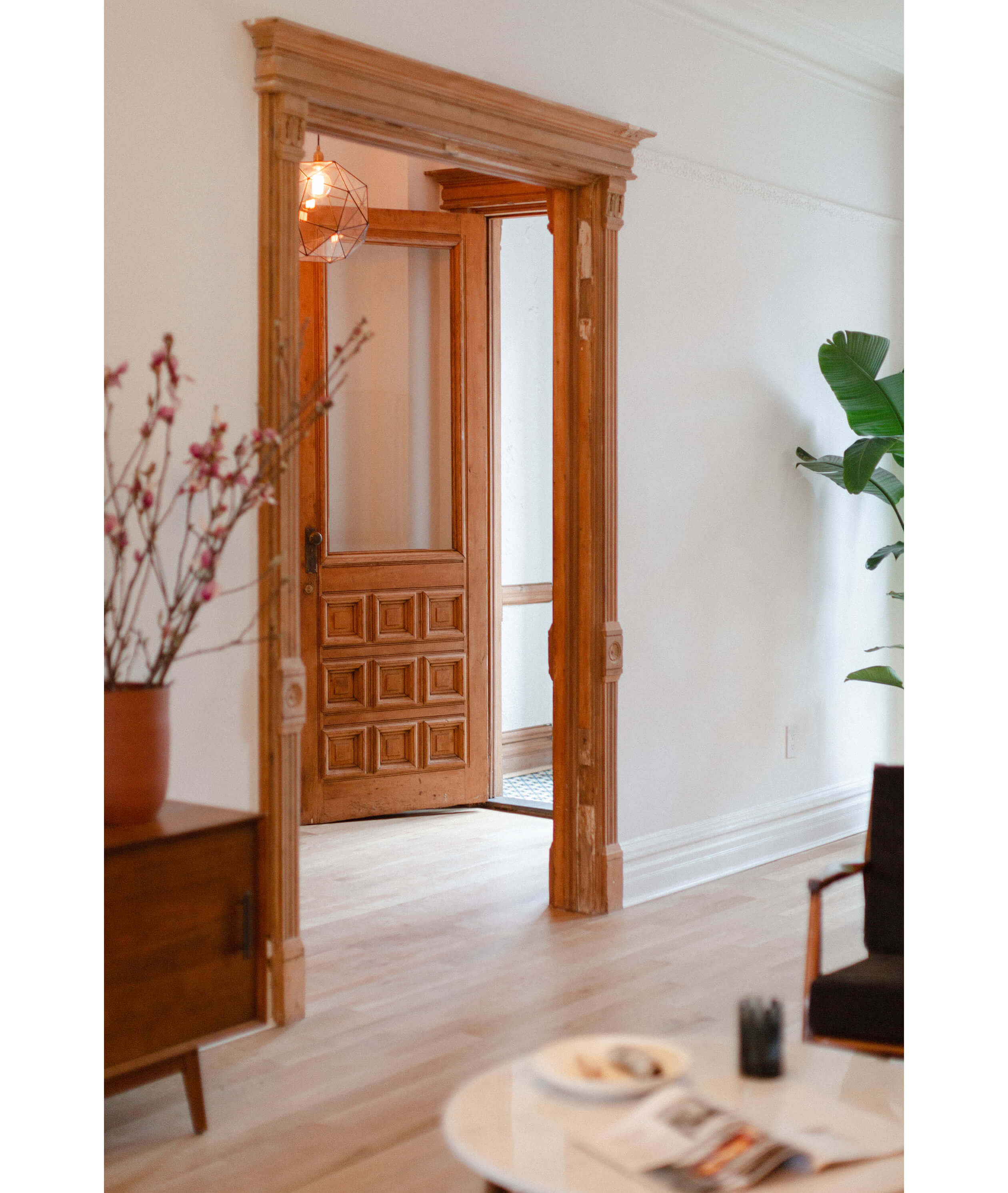
Floor leveling – Chances are when you are looking around at renovation projects you’re walking on floors with varying levels of slants or grades. Whether it’s something that needs to be fixed or just something you want to fix, it can be a big expense. Usually it’s done by demolishing and disposing (a big expense in itself) the flooring and subfloor, sistering joists to a single level, then installing a new subfloor and flooring. If that was all of the cost it would be expensive, but it’s not. When floors are leveled you usually raise the plane up to the highest level. That means in many places the floor will adjust up, making it necessary to replace or adjust baseboards, window and door casings, stairs, doors, and potentially other items. It’s a big job with a price tag to match.
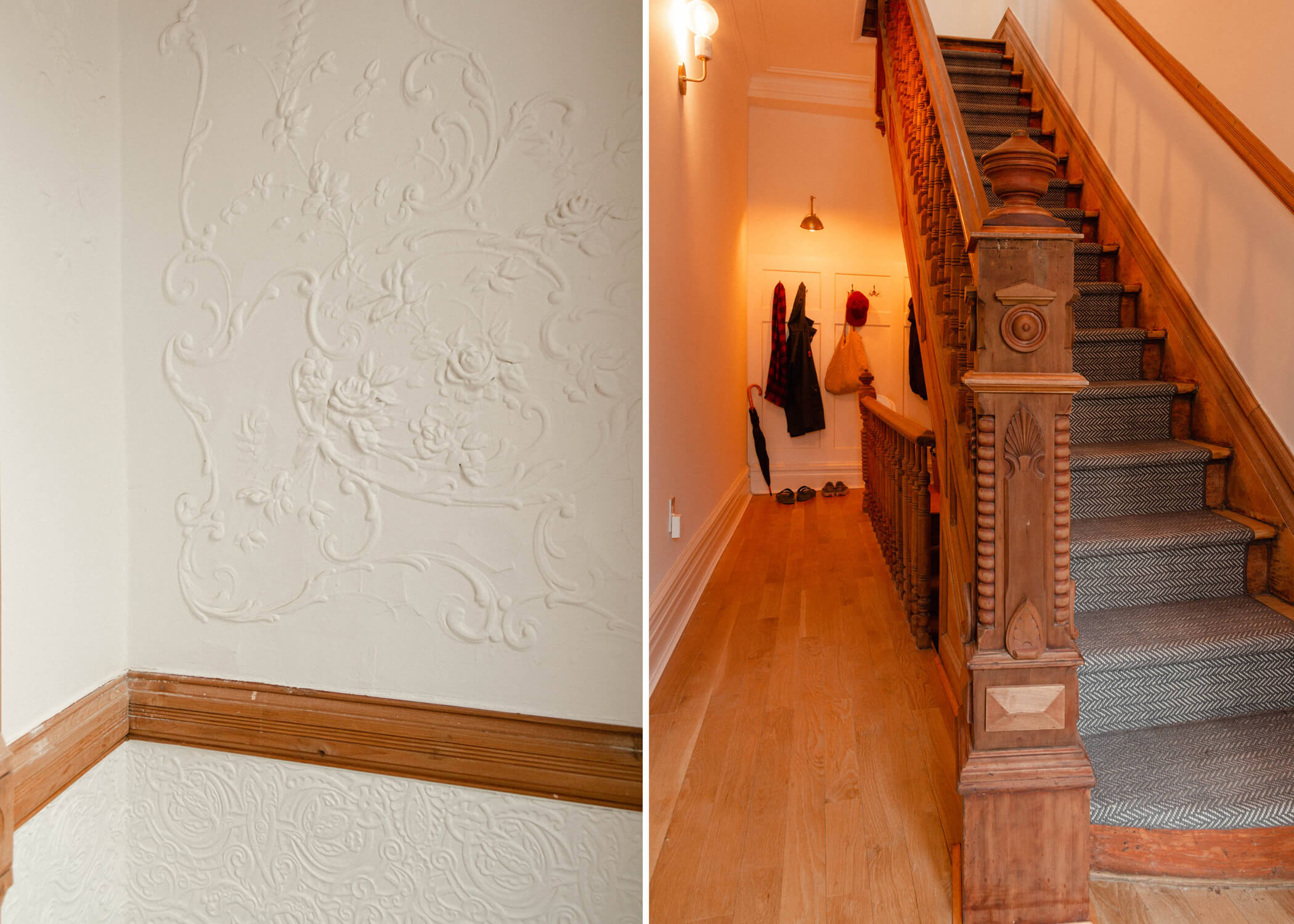
Structural work – Most people who walk into a home they want to renovate extensively see a wall (or three) that they would prefer to remove with a quick point and nod. But these old homes are held together by their sturdy bones. Some walls are bearing necessary loads from above, and some that weren’t designed that way end up doing some of the heavy lifting anyway. Removing them often requires extensive work to transfer those loads in different ways. You may even need a structural engineer to design it, file it, and provide special inspections of the work (a nice chunk of budget before you even start!).
Restoring a historic home can be rewarding. Bringing the old features back to life will almost always be worth it when it’s done. Getting there just might cost a bit more than you might expect when you are first wowed by the history of your home.
[Photos by Brownstone Boys unless noted otherwise]
Related Stories
- Brownstone Boys: When an Old Chimney Makes Furniture Placement a Nightmare
- Brownstone Boys: Is It a Good Idea to Build a Bedroom With No Window?
- Brownstone Boys: When Do You Need a Structural Engineer?
Email tips@brownstoner.com with further comments, questions or tips. Follow Brownstoner on Twitter and Instagram, and like us on Facebook.

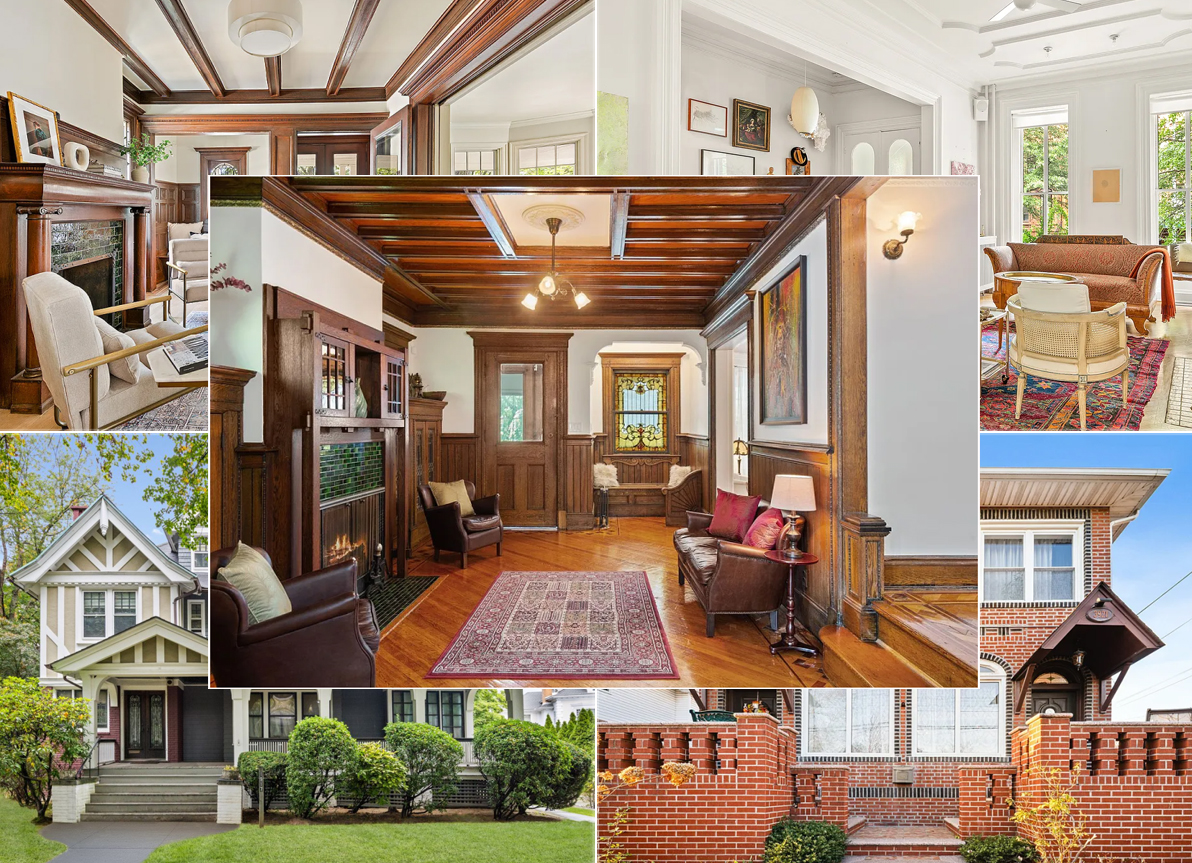

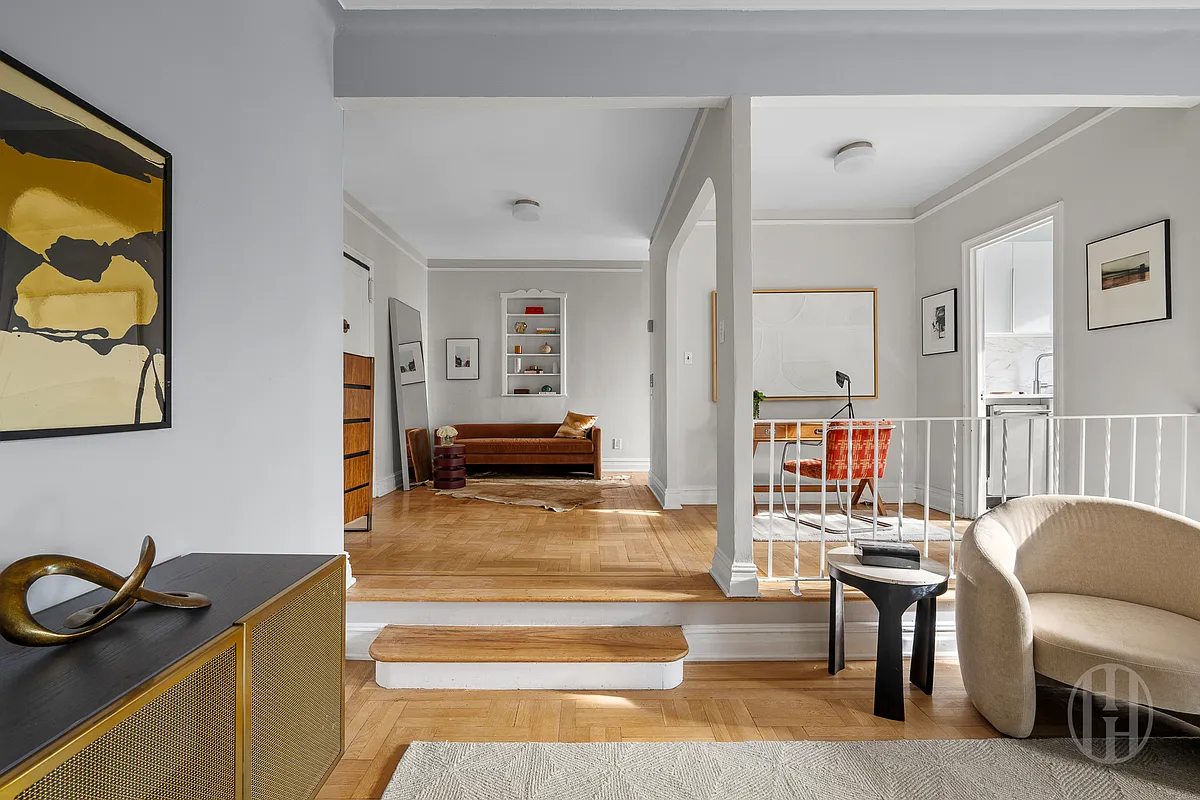
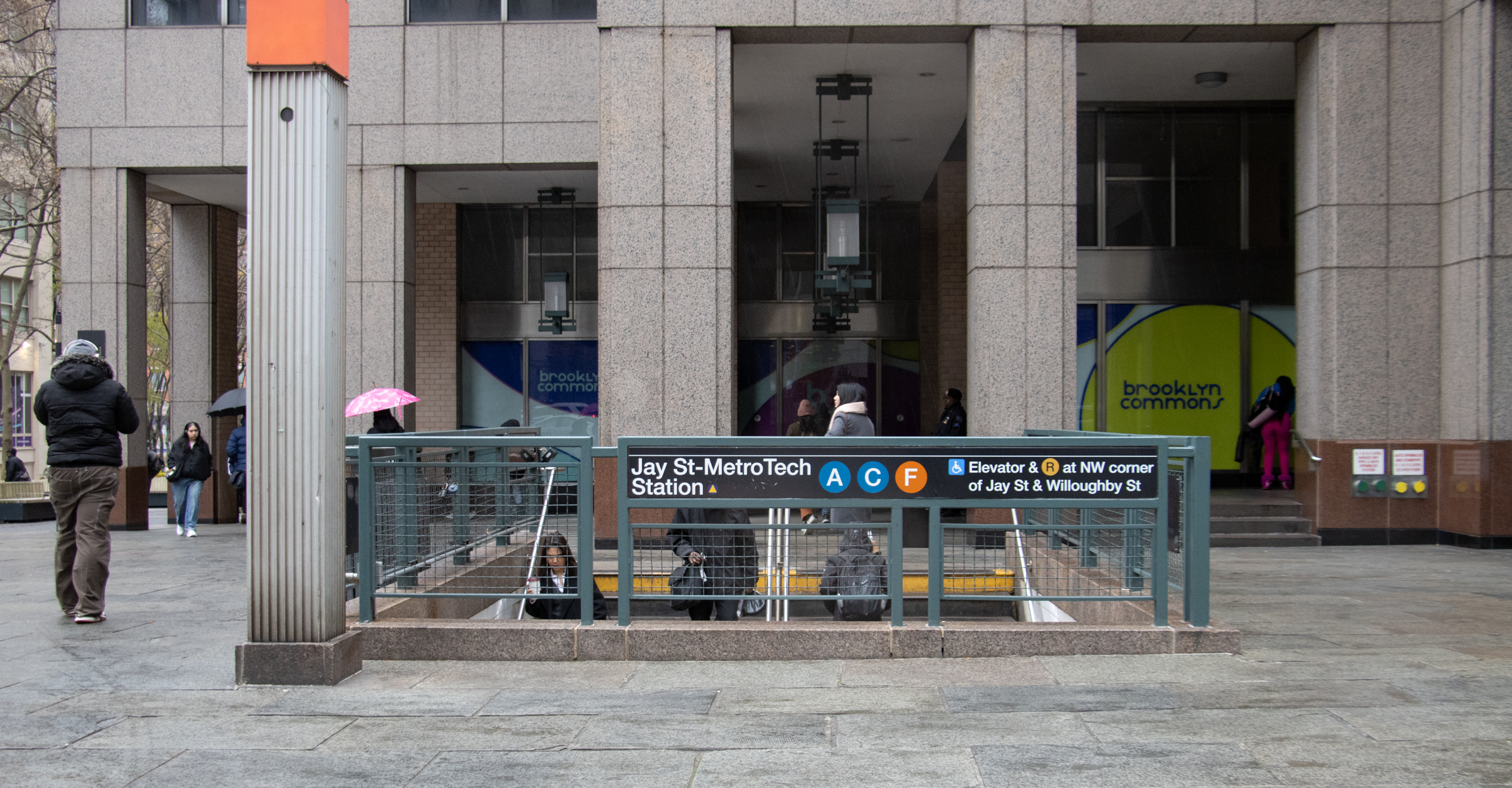
What's Your Take? Leave a Comment